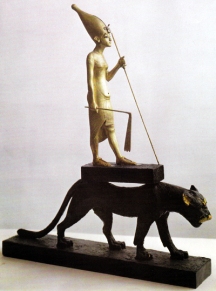Folks who read my website and this blog know I’m a bit two-faced. Like the Roman god Janus I peer both into the past and the future. I read science fiction/fact with the same fervor I read (and write) historical fiction/fact. I love it when science meets history in such passions as archaeology, palentology and geology. This post is a tribute from my science self to a remarkable woman who made history in my lifetime. Sally Ride was a hero of mine and an inspiration to a generation of girls. From the Sally Ride Science website:
Sally Ride died peacefully on July 23rd, 2012 after a courageous 17-month battle with pancreatic cancer. Sally lived her life to the fullest, with boundless energy, curiosity, intelligence, passion, joy, and love. Her integrity was absolute; her spirit was immeasurable; her approach to life was fearless.
Sally was a physicist, the first American woman to fly in space, a science writer, and the president and CEO of Sally Ride Science. She had the rare ability to understand the essence of things and to inspire those around her to join her pursuits.
Sally’s historic flight into space captured the nation’s imagination and made her a household name. She became a symbol of the ability of women to break barriers and a hero to generations of adventurous young girls. After retiring from NASA, Sally used her high profile to champion a cause she believed in passionately—inspiring young people, especially girls, to stick with their interest in science, to become scientifically literate, and to consider pursuing careers in science and engineering.
In addition to Tam O’Shaughnessy, her partner of 27 years, Sally is survived by her mother, Joyce; her sister, Bear; her niece, Caitlin, and nephew, Whitney; her staff of 40 at Sally Ride Science; and many friends and colleagues around the country.
“Ride, Sally Ride!”
I wanted to be an astronaut since I was little. I followed all the Mercury, Gemini and Apollo launches; clipping news items and storing them in a banana box I got from the local grocery. I noticed there were no female US astronauts, but the Russians sent up Valentina Vladimirovna Tereshkova in 1963 to become the first woman and first civilian in space. The US couldn’t be far behind, right? Then NASA scrubbed the Mercury 13 project (First Lady Astronaut Trainees or FLATs.) It was clear that no woman need apply to that boys’ club. Disappointed, I still hoped. I was only eleven, still time to change the boys’ minds and let me play. (more…)








 I’ll be doing a regular round up of archaeology and history stories that make it into the mainstream press every couple of weeks with links to the original stories. The focus will be on Roman history, but anything that catches my fancy will be fair game. This post features several finds in Britain including a
I’ll be doing a regular round up of archaeology and history stories that make it into the mainstream press every couple of weeks with links to the original stories. The focus will be on Roman history, but anything that catches my fancy will be fair game. This post features several finds in Britain including a